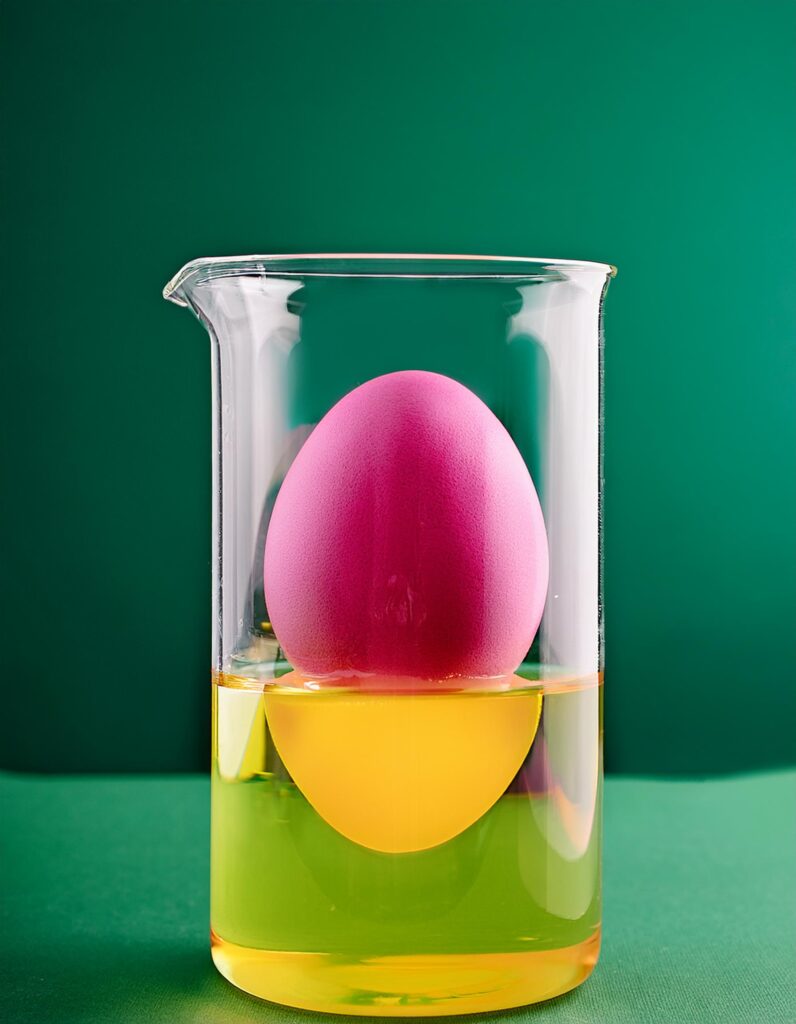



Are you looking for a fun and educational activity to do with your kids? Look no further than the classic egg in vinegar experiment! This simple yet fascinating experiment is a great way to introduce your little ones to the wonders of science right from your kitchen.
The experiment is straightforward: an egg is submerged in vinegar, which leads to a chemical reaction that dissolves the eggshell, leaving behind a squishy, translucent egg. It's a perfect hands-on experience that not only entertains but also educates.
Now, let's talk science! This experiment is a fantastic demonstration of an acid-base reaction. Vinegar, which is acetic acid, reacts with the calcium carbonate in the eggshell, a base, resulting in the formation of carbon dioxide gas and calcium acetate. This reaction is a visual and tactile way to explore chemistry concepts such as reaction rates and the properties of acids and bases.
- Instead of white vinegar, try apple cider vinegar for a different smell and color effect.
- Use a light-colored egg to better observe the shell's dissolution.
- For a larger egg, you could use a duck egg if available.
As for equipment substitutions:
- Any clear container can be used in place of a cup, such as a mason jar or a plastic Tupperware, as long as the egg can be fully submerged.
- If you don't have a standard measuring cup, any cup with known volume markings will do, or you could use a kitchen scale to measure the vinegar by weight.
This experiment is suitable for children as young as five with adult supervision. It's a fantastic way to introduce them to scientific observation and patience, as the results take time to manifest. Here's a breakdown of the time involved:
- Preparation time: 5 minutes to gather materials and set up.
- Active time: There's an initial active period of about 15 minutes where you can observe the bubbles forming on the shell.
- Results time: For the full transformation, you'll need to wait 24-48 hours to see the eggshell completely dissolve.
Remember, the egg in vinegar experiment is not only a fun activity but also a learning opportunity. It encourages curiosity, observation, and even a bit of scientific methodology as kids make predictions and observe outcomes. So, gather your materials, and let's get experimenting! Happy learning!
Click here for the full experiment details. Checkout the main website: One Little Project
Get experimenting!
Feed your knowledge.
Come back for more recipes for science!